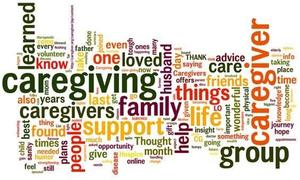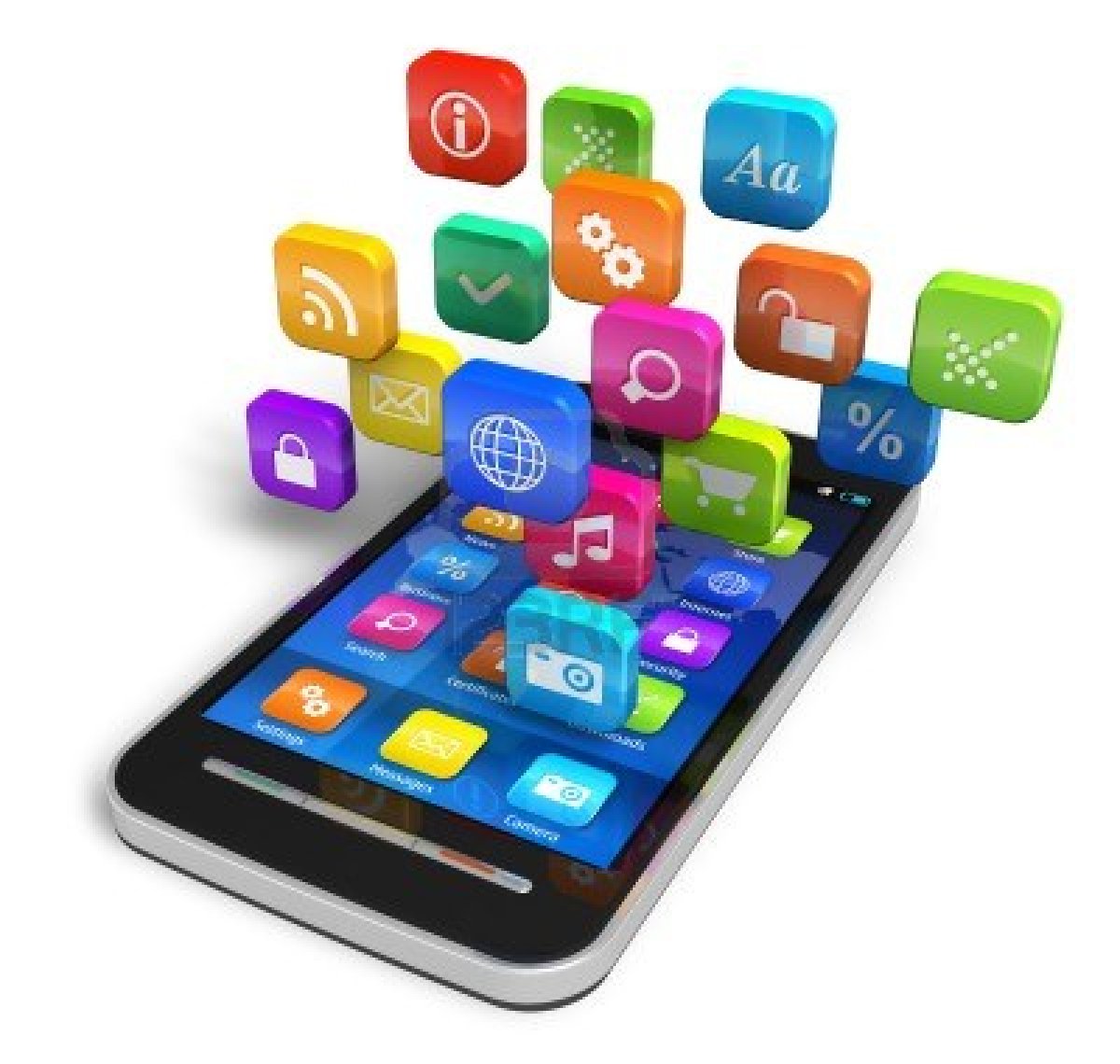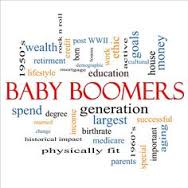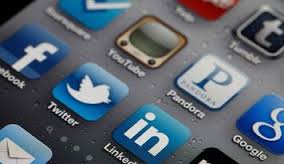4 ways this technology can help improve your life.
Betting that AI could lighten the clinician load.
Home Instead goal: Applying technology to make home care more efficient.
Mountain Empire serves about 3,000 people in Appalachia providing meals, transportation and personal care.
Five main obstacles that could hinder the responsible adoption of AI-based technologies and propose strategies to address them.

 You go, business pro, and so goes your privacy. [Rant on] You loved your phone but one day a useful part of it breaks…a sad day all around -- amazingly right at the end of
You go, business pro, and so goes your privacy. [Rant on] You loved your phone but one day a useful part of it breaks…a sad day all around -- amazingly right at the end of  AARP’s Innovation 50+ Live Pitch starts today – what's new? This marathon tried to put 20 pounds of entrants (culled from many more) into the 10-pound bag of a two-day pitch event across two broad categories. So following this trend towards compression, we will leave
AARP’s Innovation 50+ Live Pitch starts today – what's new? This marathon tried to put 20 pounds of entrants (culled from many more) into the 10-pound bag of a two-day pitch event across two broad categories. So following this trend towards compression, we will leave  Pundits perpetuate the myth of non-use of so-called caregiver technology. [Rant on.] According to AARP, 40 million caregivers are taking care of an older, sicker person -- so says an oft-quoted
Pundits perpetuate the myth of non-use of so-called caregiver technology. [Rant on.] According to AARP, 40 million caregivers are taking care of an older, sicker person -- so says an oft-quoted  On the positive side, smartphone ownership for older adults is up. You have seen older people with their smartphones – they’re in concert halls and restaurants staring at their screens, fascinated -- scrolling through emails, studying photos, watching videos, seated next to other 80-somethings, who might be envious, texting on their very, uh, compact feature phones. Says Pew Research of their 2016 survey data:
On the positive side, smartphone ownership for older adults is up. You have seen older people with their smartphones – they’re in concert halls and restaurants staring at their screens, fascinated -- scrolling through emails, studying photos, watching videos, seated next to other 80-somethings, who might be envious, texting on their very, uh, compact feature phones. Says Pew Research of their 2016 survey data:  Baby Boomers, Wearable and Mobile Health Tech – A status report. During 2015, the California Health Care Foundation (CHCF) sponsored a research project to evaluate the future likelihood of wearable and mobile health tech. This
Baby Boomers, Wearable and Mobile Health Tech – A status report. During 2015, the California Health Care Foundation (CHCF) sponsored a research project to evaluate the future likelihood of wearable and mobile health tech. This  The upshot: older adults are not buying into the trendiest tech. Maybe it is because they can’t afford it, aren’t aware of it, or are unconvinced of its value. Or maybe the unconvinced who could afford to spend the money fear privacy violations or identity theft. Or are burned out at staring at too much information on Facebook or Twitter. Considering their twenty years of life
The upshot: older adults are not buying into the trendiest tech. Maybe it is because they can’t afford it, aren’t aware of it, or are unconvinced of its value. Or maybe the unconvinced who could afford to spend the money fear privacy violations or identity theft. Or are burned out at staring at too much information on Facebook or Twitter. Considering their twenty years of life